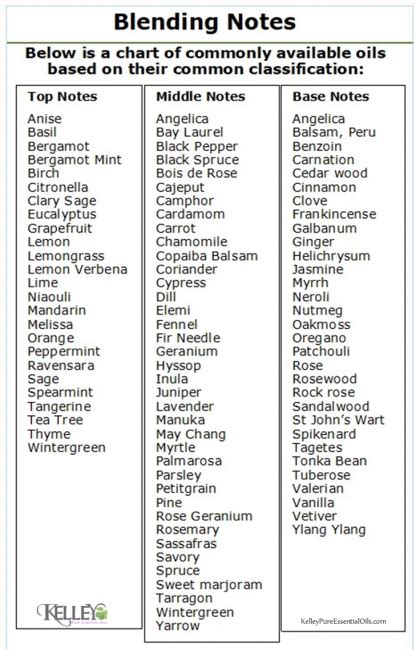Delving into the World of Carrier Oils
Essential oils, extracted from plants, hold a wealth of therapeutic and aromatic benefits. However, their concentrated nature limits their direct application on the skin. Enter base oils, the unsung heroes that serve as carriers for essential oils, safely delivering them to the desired areas.

Types of Base Oils
The diverse world of base oils offers a myriad of choices, each with unique properties:
- Fixed Oils (Vegetable Oils): Nutraceutically rich oils derived from plants, such as coconut oil, apricot kernel oil, and jojoba oil.
- Mineral Oils: Highly refined petroleum products, like baby oil, providing a lightweight texture.
- Synthetic Oils: Man-made oils that offer stability and glide, such as isopropyl myristate and caprylic/capric triglyceride.
Selecting the Perfect Base Oil
Matching the base oil to the intended use is crucial for optimal efficacy:
- Carrier Oils for Skin: Coconut oil and jojoba oil are excellent for dry, sensitive skin, while grapeseed oil suits oily skin.
- Massage Oils: Apricot kernel oil and sweet almond oil offer excellent glide and absorption during massages.
- Aromatherapy Oils: Fractionated coconut oil and jojoba oil are ideal for diffusers and topical applications.
- Oily Blends for Hair: Argan oil and olive oil provide deep conditioning, while castor oil promotes hair growth.
Benefits of Using Base Oils
- Dilution: Base oils dilute the concentrated essential oils, making them safe for topical use.
- Enhanced Absorption: Base oils allow essential oils to penetrate the skin more effectively.
- Extended Shelf Life: Mixing essential oils with base oils increases their shelf life.
- Improved Skin Health: Base oils, like coconut oil and jojoba oil, nourish and moisturize the skin.
Guidelines for Using Base Oils
- Dilution Ratios: Follow recommended dilution ratios for different essential oils and skin types.
- Patch Test: Apply a small test patch of the blend on the inner elbow to check for allergies.
- Storage: Store base oils and blended products in airtight containers away from heat and light.
Creative Applications for Base Oils
In addition to traditional aromatherapy and cosmetic uses, base oils unlock a realm of innovative applications:
- Homemade Candles: Mix essential oils with soy wax or coconut wax to create custom-scented candles.
- DIY Diffusers: Fill a diffuser with a blend of base oil and essential oils to create a relaxing or invigorating ambiance.
- Natural Room Sprays: Combine essential oils with water and a touch of base oil for refreshing air in any room.
- Infused Massage Bars: Create invigorating massage bars by mixing essential oils, base oils, and shea butter.
Tables for Convenient Reference
Table 1: Properties of Common Base Oils
| Base Oil | Texture | Absorption Rate | Suitable for Skin Type |
|---|---|---|---|
| Coconut Oil | Solid at room temperature | Slow | Dry, sensitive skin |
| Jojoba Oil | Liquid at room temperature | Medium | All skin types |
| Grapeseed Oil | Liquid at room temperature | Quick | Oily skin |
| Apricot Kernel Oil | Liquid at room temperature | Medium | Sensitive, dry skin |
| Sweet Almond Oil | Liquid at room temperature | Medium | All skin types |
Table 2: Dilution Ratios for Essential Oils
| Essential Oil | Dilution Ratio for Topical Use |
|---|---|
| Lavender | 1-2% |
| Tea Tree Oil | 1-3% |
| Peppermint Oil | 1-2% |
| Eucalyptus Oil | 1-2% |
| Lemon Oil | 1-2% |
Table 3: Base Oils for Specific Applications
| Application | Suitable Base Oils |
|---|---|
| Massage | Apricot Kernel Oil, Sweet Almond Oil |
| Aromatherapy | Fractionated Coconut Oil, Jojoba Oil |
| Skin Moisturizer | Coconut Oil, Jojoba Oil |
| Hair Conditioner | Argan Oil, Olive Oil |
Table 4: Troubleshooting Common Issues
| Issue | Possible Cause | Solution |
|---|---|---|
| Bumpy Skin | Too much essential oil | Reduce the amount of essential oil used |
| Irritation | Sensitivity to essential oils | Avoid using essential oils that cause irritation |
| Short Shelf Life | Improper storage | Store base oils and blended products in airtight containers away from heat and light |
Effective Strategies for Using Base Oils
- Consult a Qualified Health Professional: Seek guidance from an aromatherapist or healthcare practitioner before using essential oils.
- Start with Small Amounts: Gradually increase the amount of essential oils used until the desired effect is achieved.
- Use High-Quality Base Oils: Opt for organic, cold-pressed base oils for optimal benefits.
- Experiment with Different Blends: Create unique and effective blends by combining different essential oils.
Tips and Tricks
- Blend essential oils with base oils to create custom-scented perfumes.
- Add a few drops of essential oils to unscented lotions and soaps for an aromatic touch.
- Use base oils to dilute essential oils for inhalations or compress applications.
Pros and Cons of Using Base Oils
Pros
- Safe delivery of essential oils to the skin
- Enhanced absorption of essential oils
- Extended shelf life of essential oil blends
- Improved skin health
Cons
- Can dilute the potency of essential oils
- Potential for allergic reactions with certain base oils
- Some base oils can clog pores if used excessively
In conclusion, base oils are indispensable tools for the safe and effective use of essential oils. By understanding the different types, selecting the right base oil, and following proper guidelines, individuals can unlock the full potential of essential oil therapies while nurturing their skin’s health.
